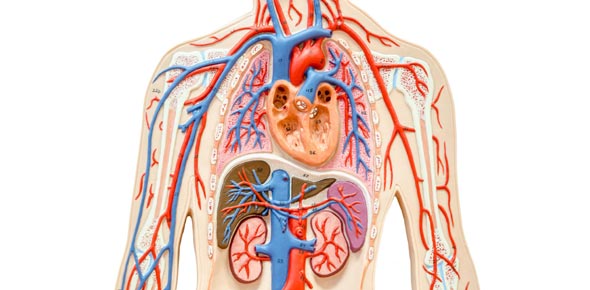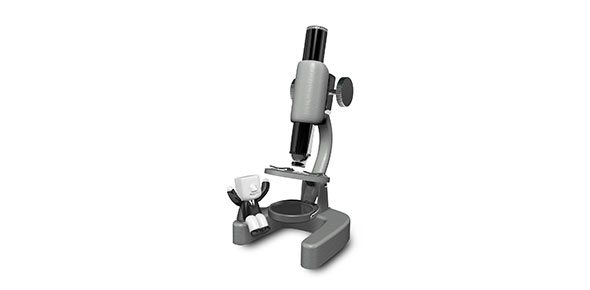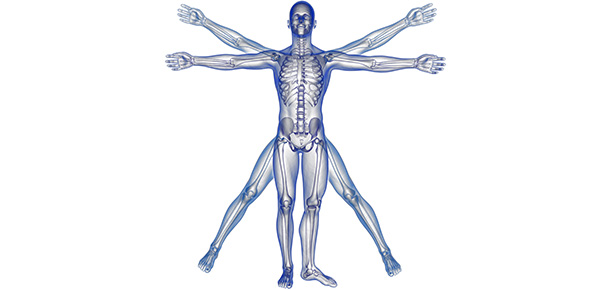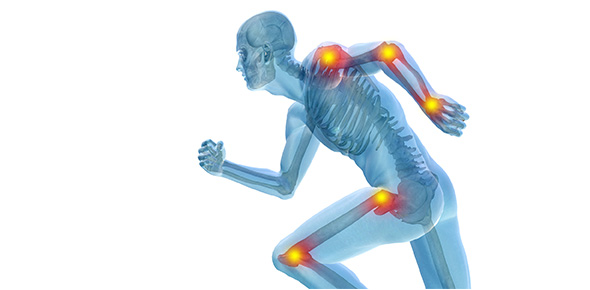Related Flashcards
Related Topics
Cards In This Set
| Front | Back |
|
What are the causes of wide complex tachycardia?
|
VTSVT with pre-existing bundle branch blockSVT with aberrancyWPW (antidromic reciprocating tachycardia)ArtifactPaced rhythm
|
|
It is useful to look at a baseline EKG in SR when determining the etiology of a WCT. What would you look for in the baseline EKG if pt had:
|
|
|
What are the EKG characteristics that can help distinguish VT from SVT?
|
 VT
|
|
What are the characteristics of a fusion and capture beat?
|
A P wave will be seen prior to a capture beat. A capture beat will always come in earlier than the VT (P wave traveled down the conduction system and activated the ventricle before the VT beat could emerge from its circuit). In a fusion beat, part of the complex is activated by the atria and part by the ventricle. It looks like a beat that is somewhere in between.
|
|
Discuss the NW axis in VT
|
In order to have a NW axis, the stimulus has to be going away from lead I and away from lead aVF. There are no supraventricular mechanics that give rise to this type of activation. Therefore, the exit site is in the lateral left ventricle, suggesting VT.
|
 How can QRS morphology help differentiate between SVT with aberrancy and VT when there is a RBBB pattern? |
 SVT
|
 How can QRS morphology help differentiate between SVT with aberrancy and VT when there is a LBBB pattern? |
 SVT
|
|
What is another clue that can be used in the setting of WCT with LBBB morphology that suggests VT (leads V1 or V2)?
|
 These findings tell you that the myocardium is very diseased and cannot conduct quickly and smoothly. |
|
What characteristic is present in lead V6 in the setting of WCT with LBBB morphology that suggests VT?
|
 |
|
What does precordial concordance mean?
|
All QRS complexes in V1-V6 have dominant deflection in the same direction.
|
|
In a pt with prior MI or heart disease, what are the chances that a WCT is VT?
|
95%
|
|
What are the EKG characteristics of RVOT VT?
|
AV dissocitationSince it is coming from the RV it will have a LBBB morphologySince it is coming from high in the heart it will be positive in II, III, aVF and negative in I and aVR.Since this is happening in a structurally normal heart, there will not be any notching or slurring.There is usually a negative to postive transition after V3.***This is a pattern recognition EKG that will appear on the boards***
|
|
Is ICD therapy indicated for RVOT VT?
|
No. It is contraindicated.
|
|
What is the preferred treatment of RVOT VT?
|
Ablation success is >90%.
|
|
Describe the clinical spectrum of “outflow” VTs
|
In can range from frequent PVCs, to repetitive NSVT, to paroxysmal monomorphic sustained VT
|








